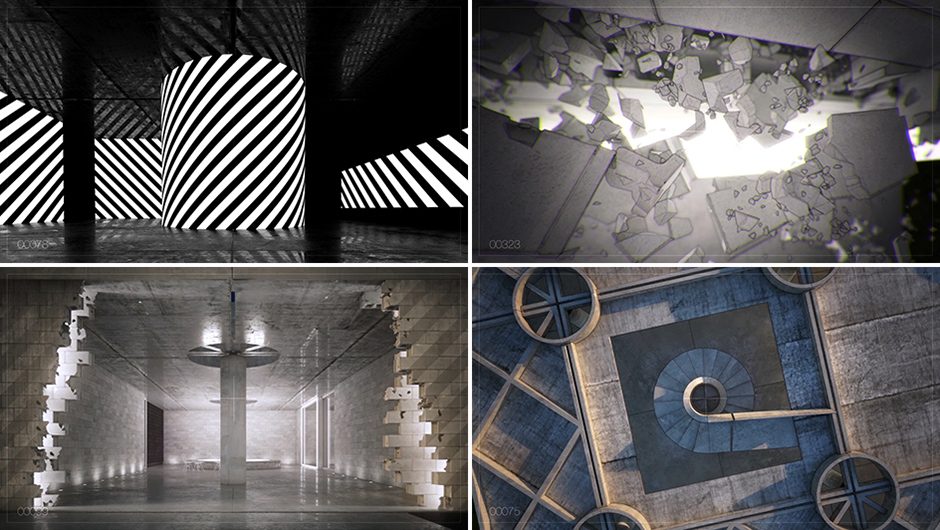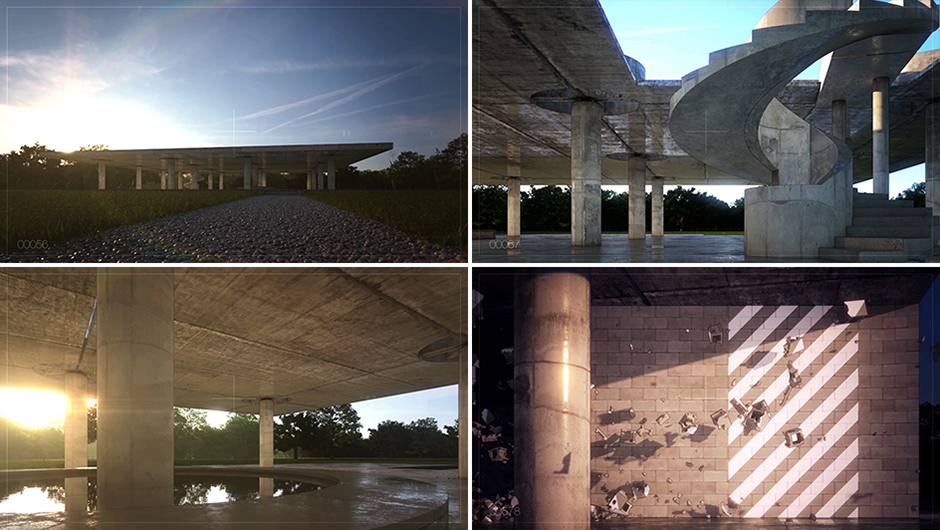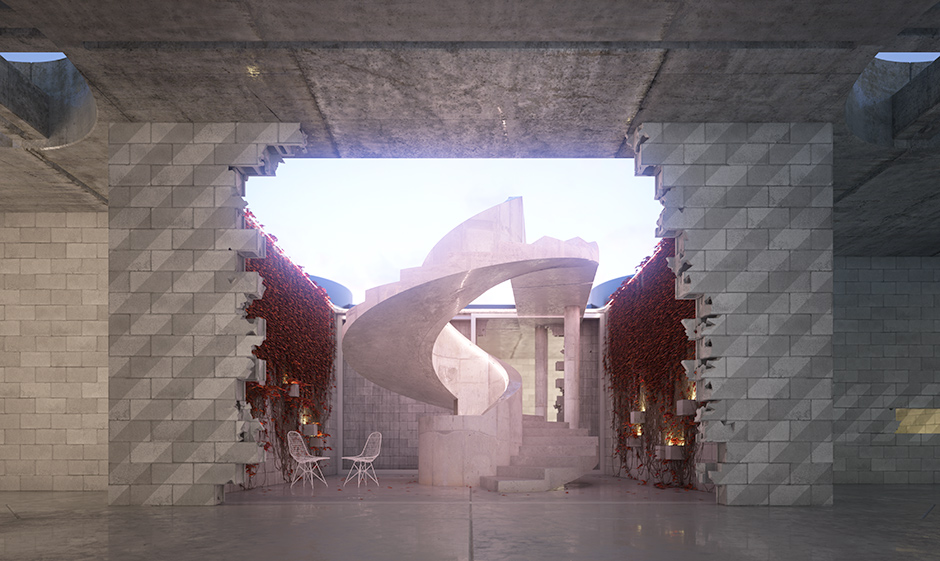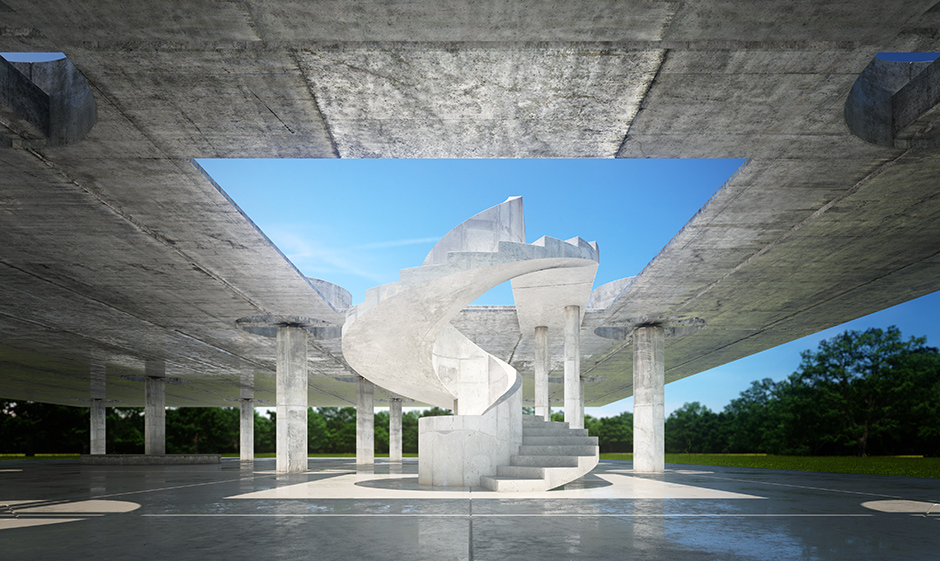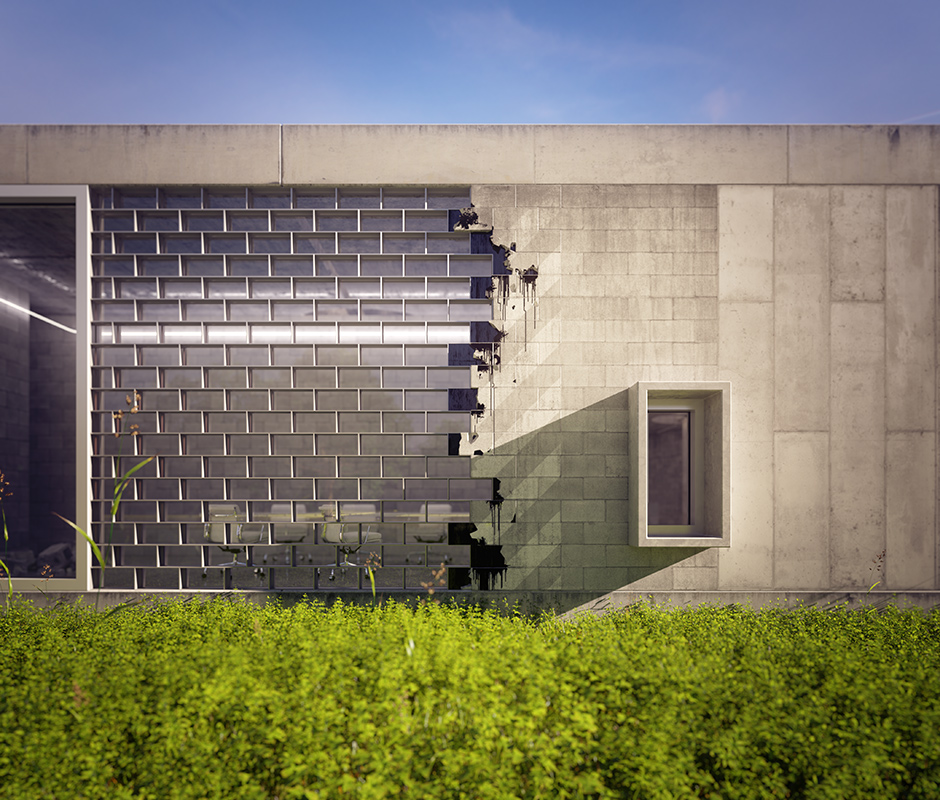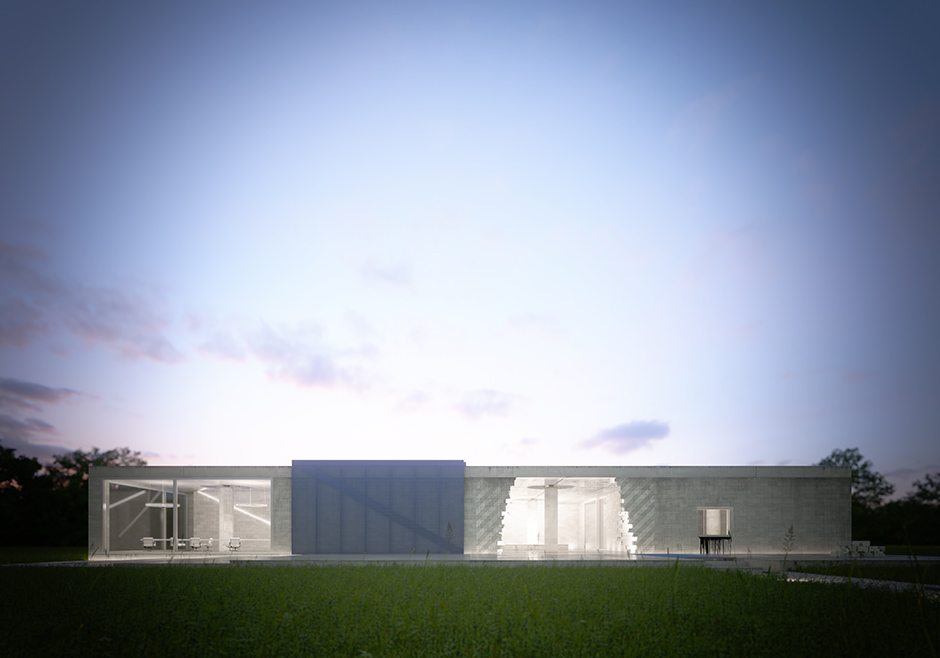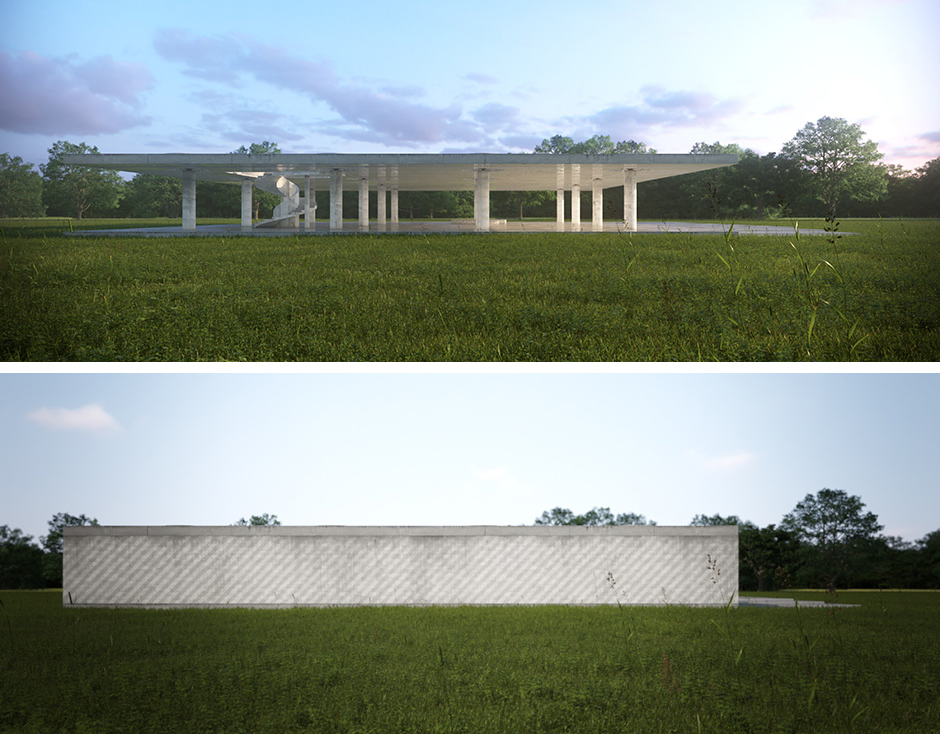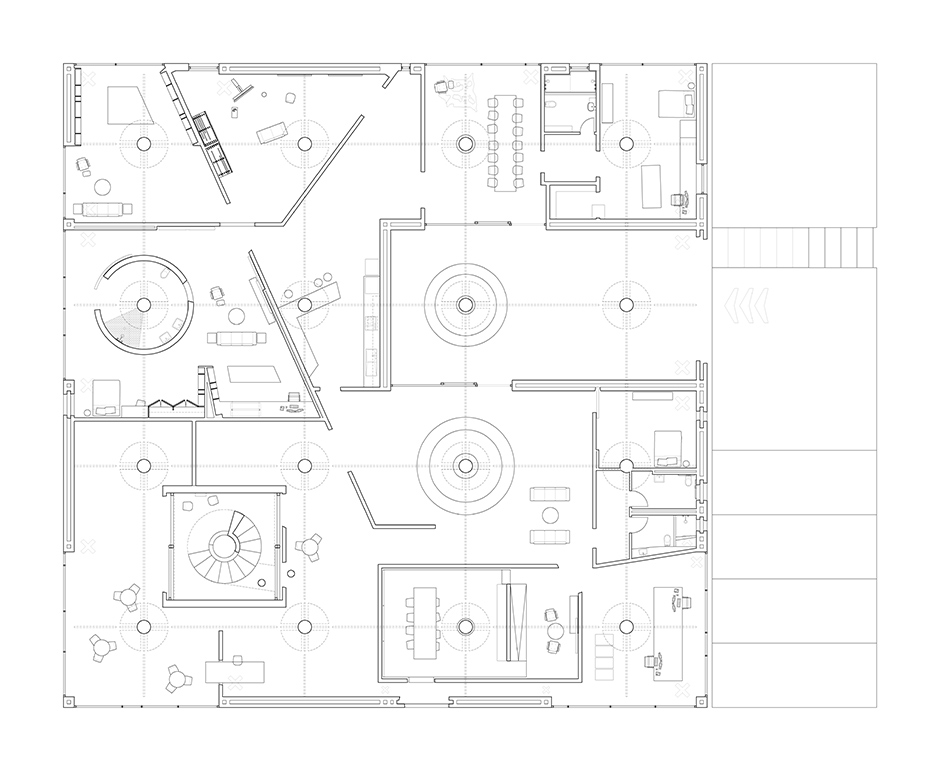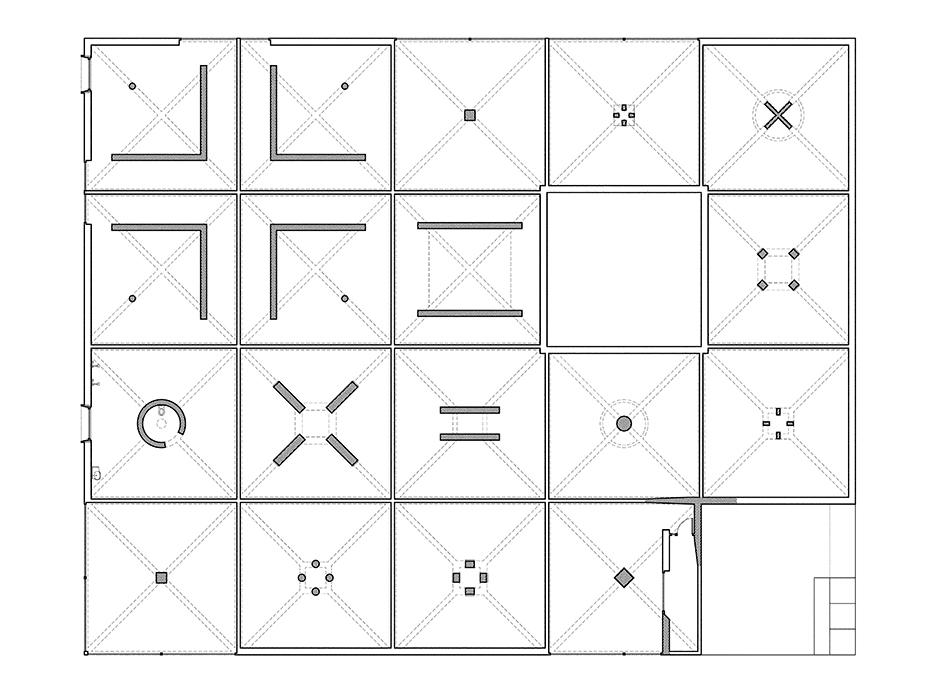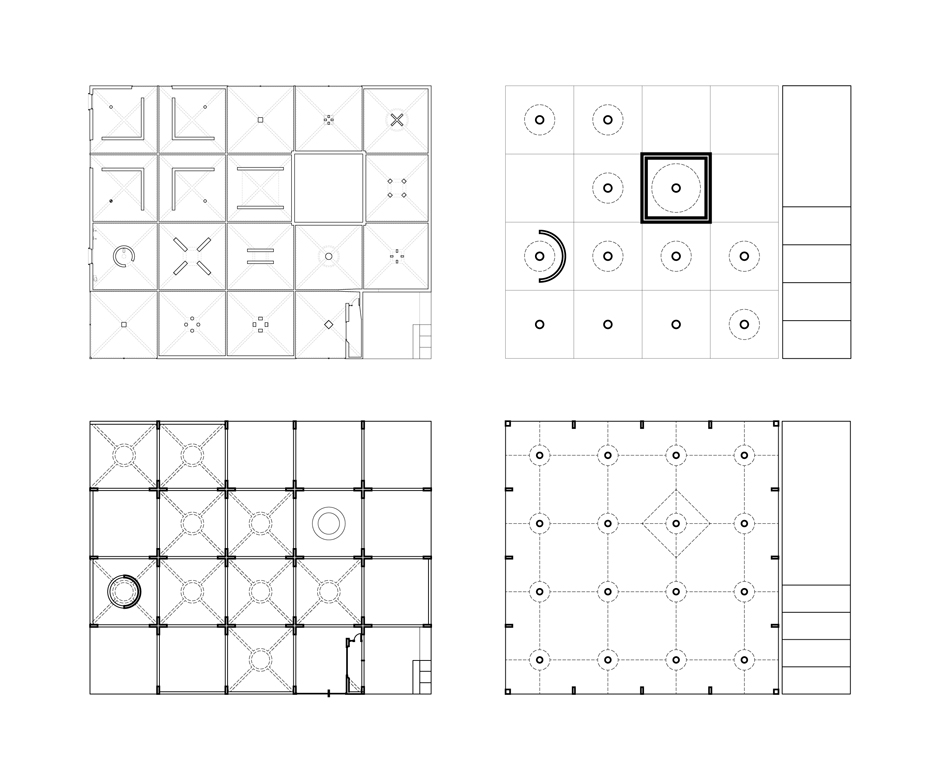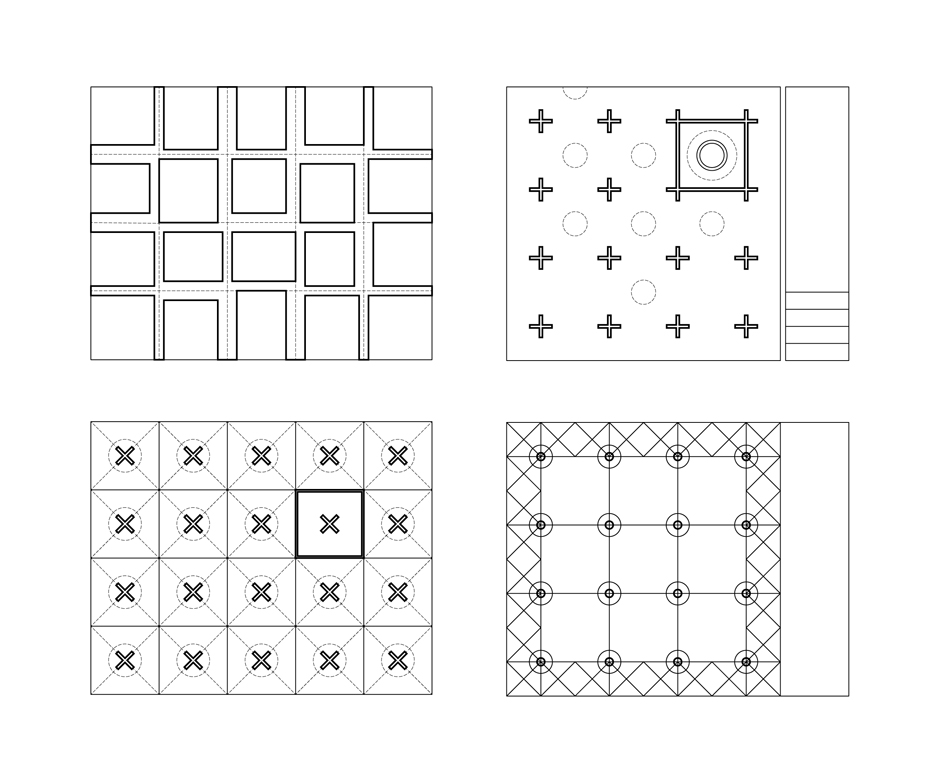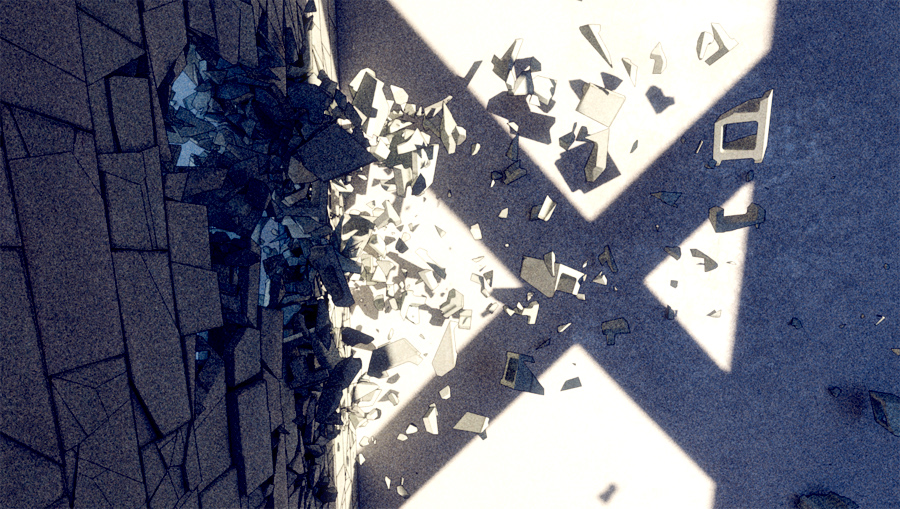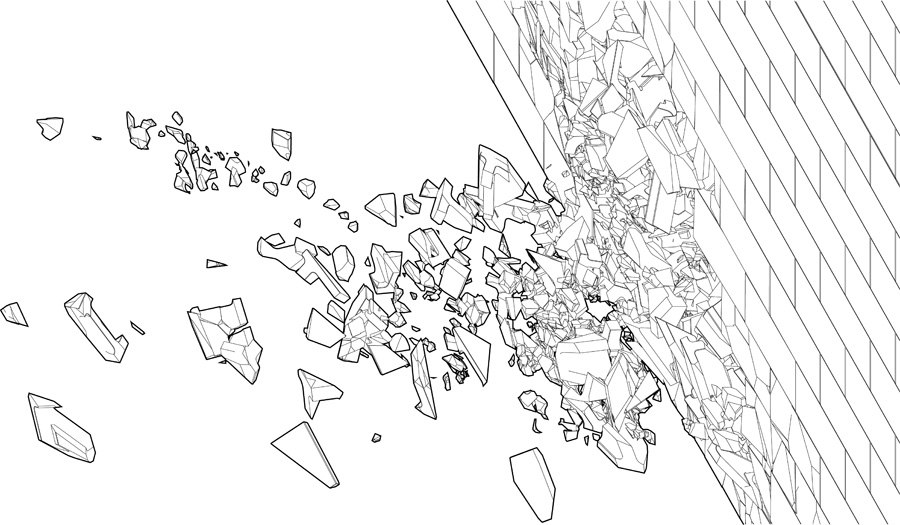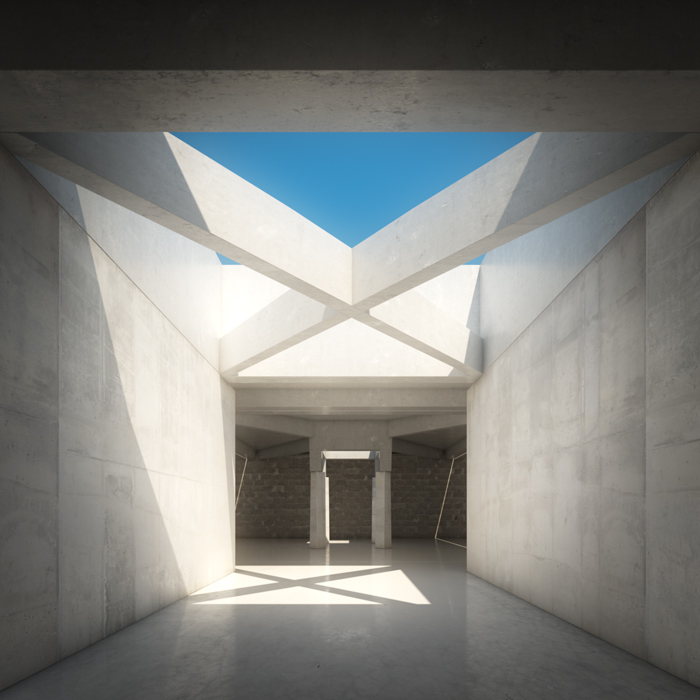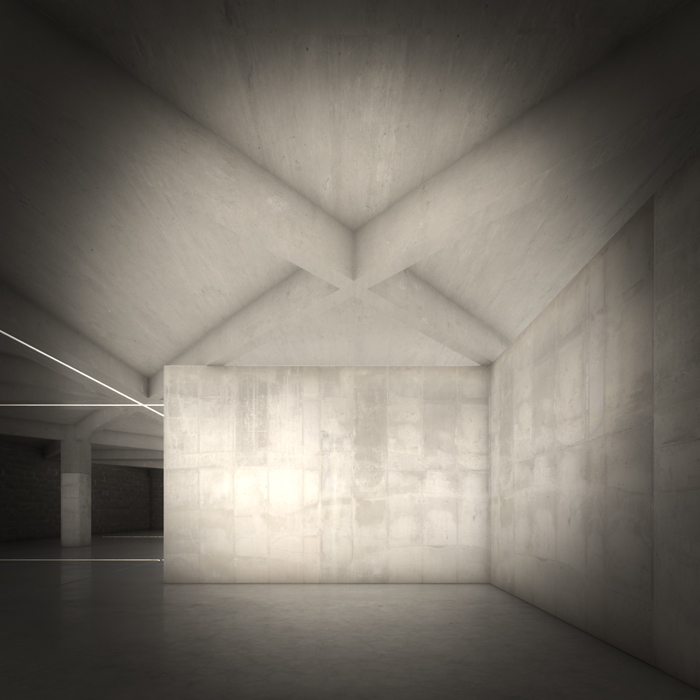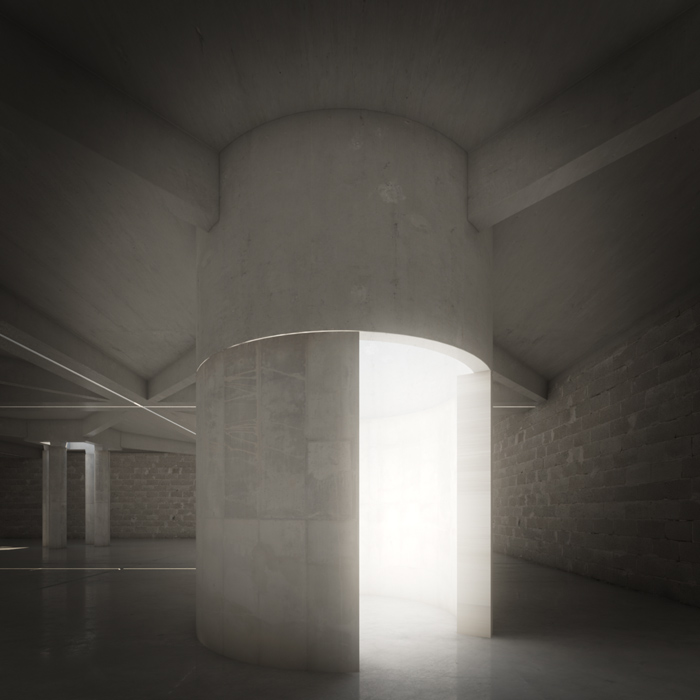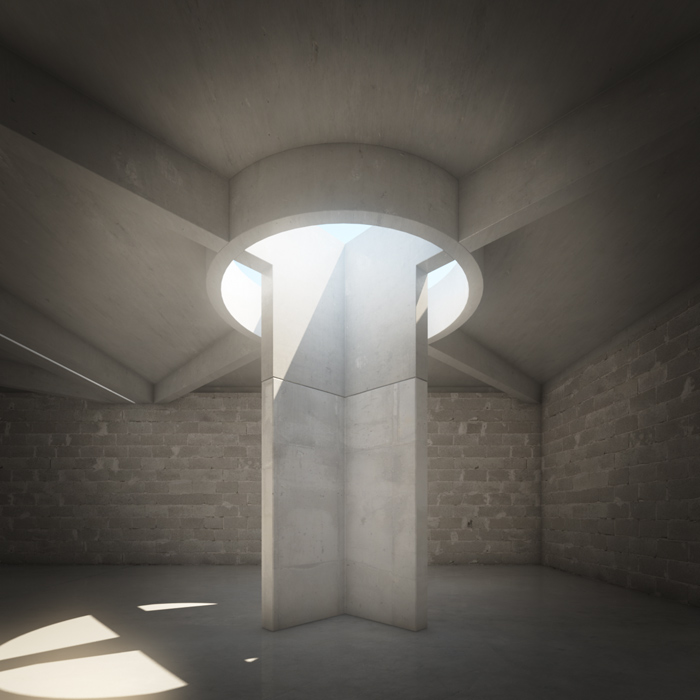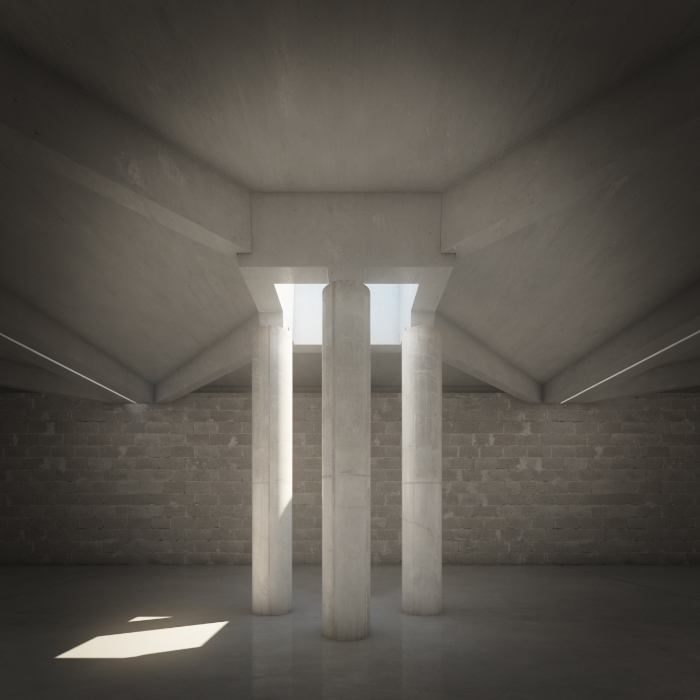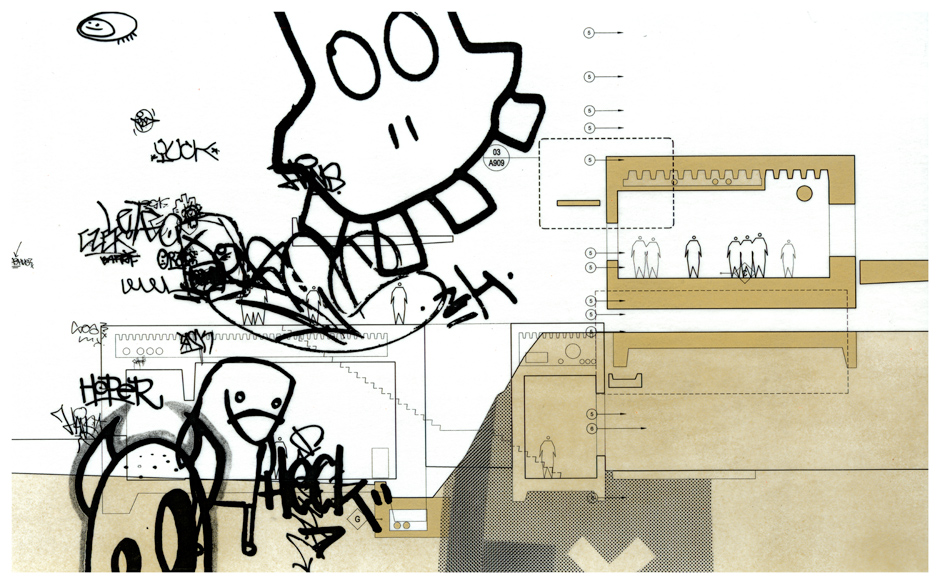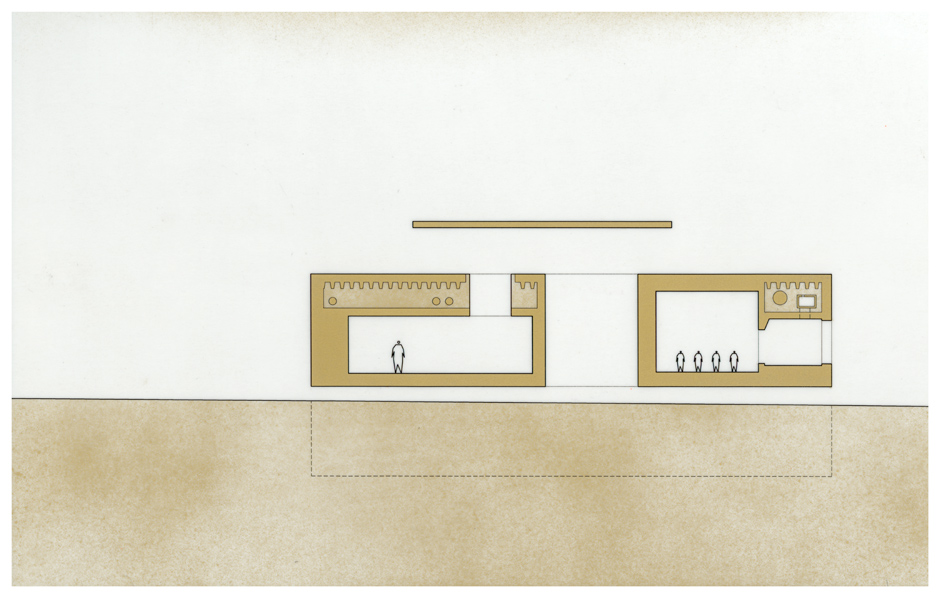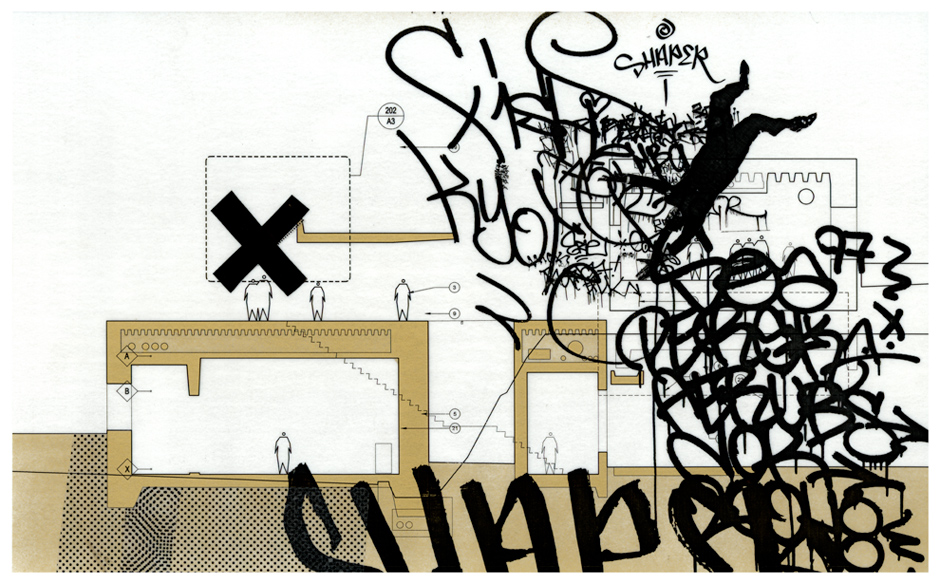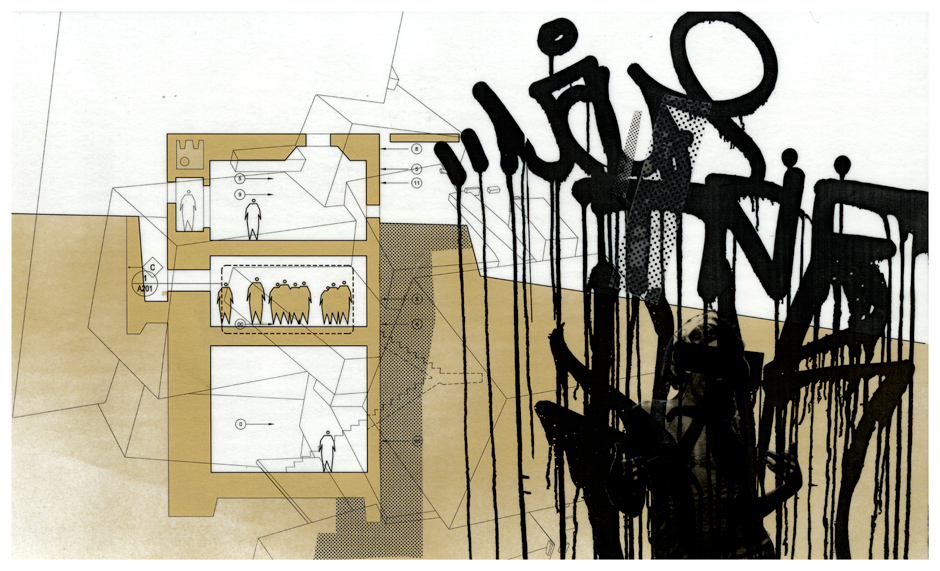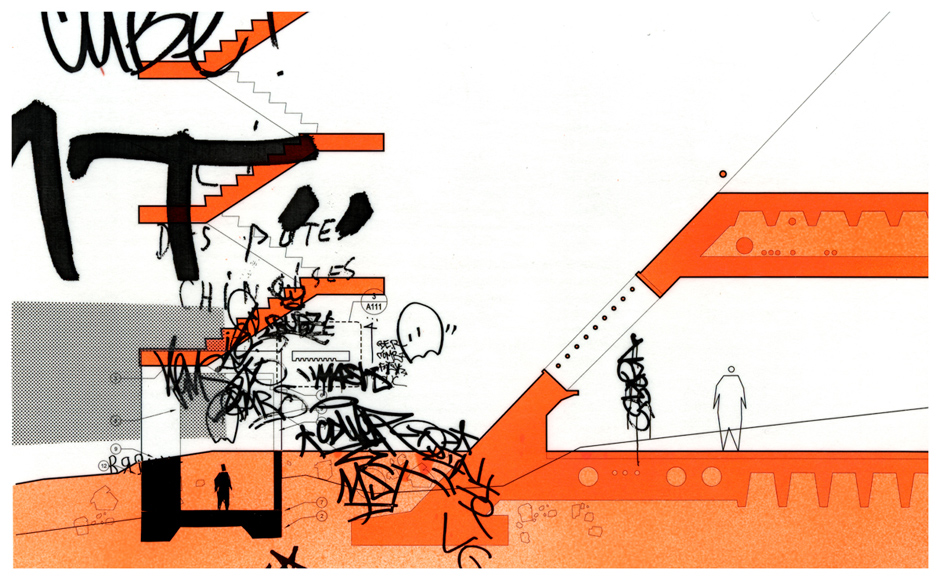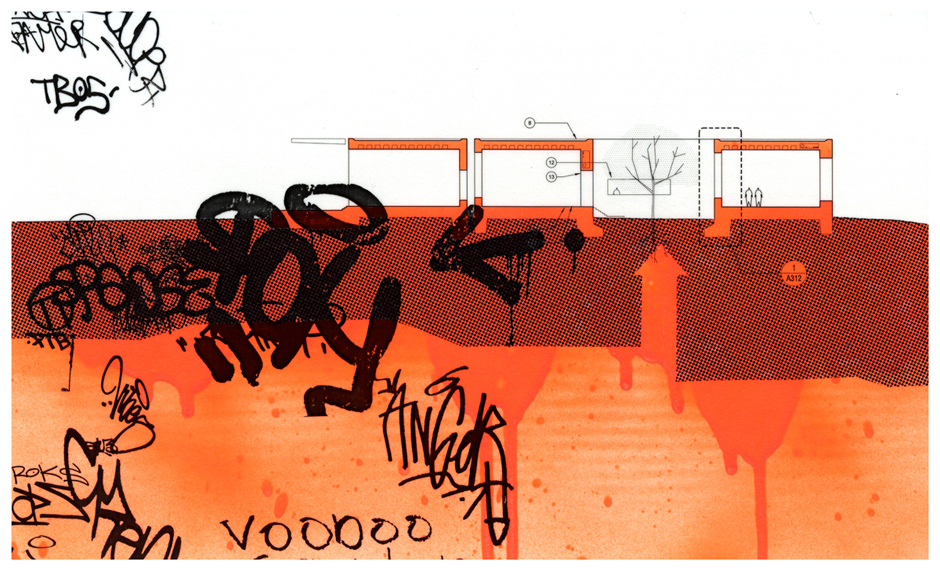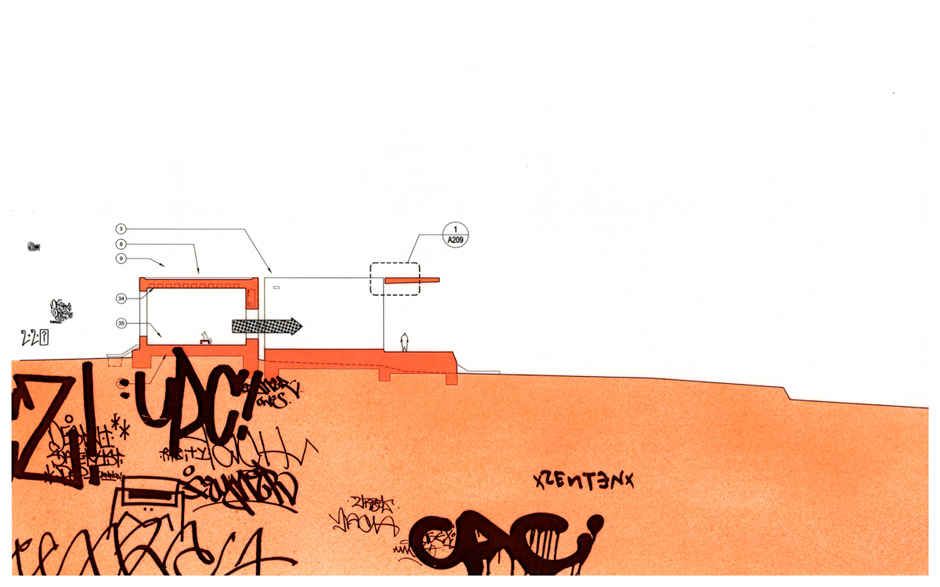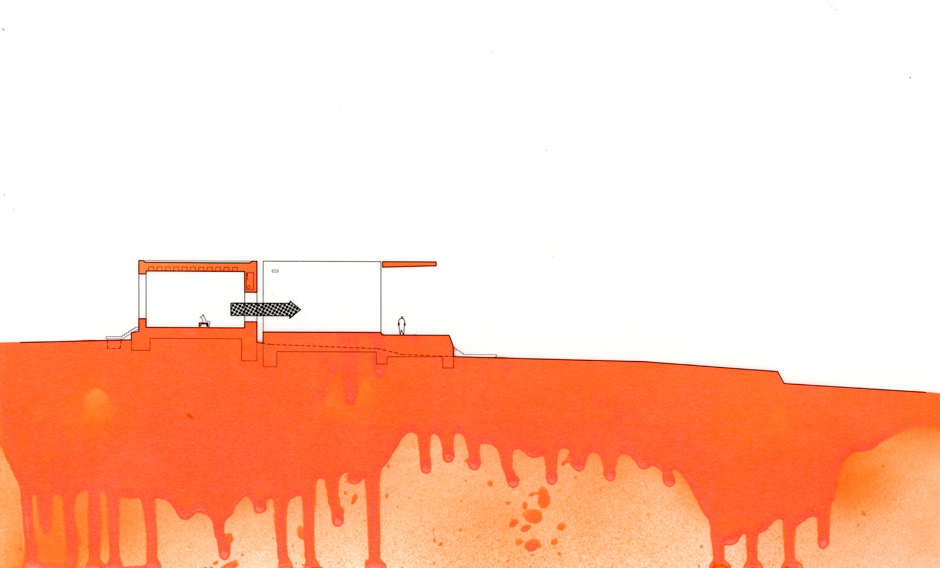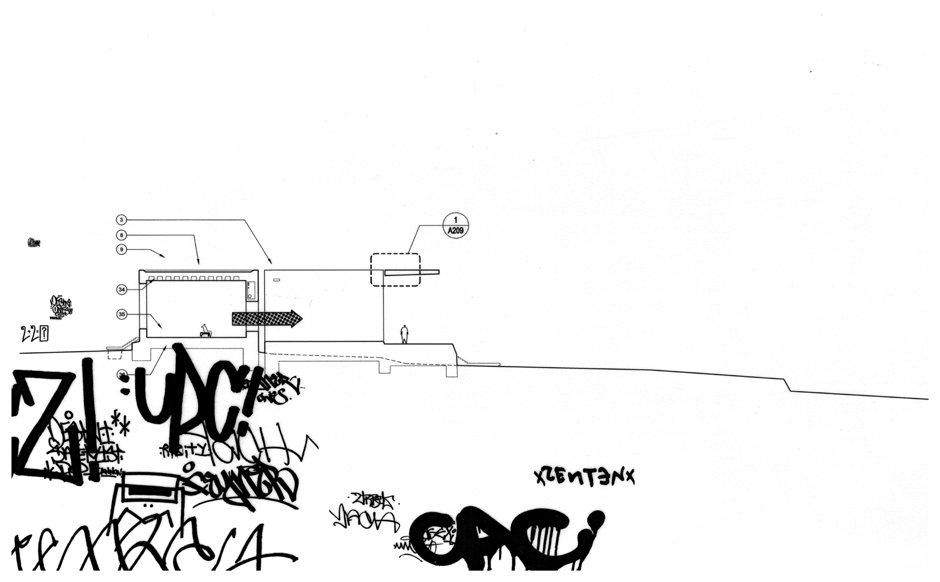Detroit Project
While the fully-qualified definition of “architectural detail” implies careful craft and clarity of intention, the we prefer the dumb definition that accounts only for the material reality of bringing building components together. Thus reduced, the field of possibility is re-opened to include options from outside the perimeter of an orthodox architectural practice. What’s more, we believe that ideas without practical merit are not experientially bankrupt and therefore remain architecturally relevant. Architecture should prioritize experience over all else, and embracing alternatives to practicality will open architecture to a new set of experiential possibilities and cultural ideas that exist beyond the domain of coordinated control.
This building is proposed for the outlying residential areas of Detroit and is born from an act of controlled brutality. It must be partially destroyed in order to become useful. In its complete built form, the building is a collection of site-cast supports suspending a series of precast canopies over an arbitrarily-arranged collection of concrete masonry infill walls. While some of the exterior faces are glazed, all interior bays of the structure are completely enclosed and with no means of passage in or out. To reach them, the concrete masonry walls must be compromised. The prescribed method for doing so is an able-bodied person and a sledgehammer.
The wall-removal process is not without its own surprises and design opportunities. The arrangement of concrete masonry partitions is highly irregular making the room-by-room advancement a process of discovery. The location and shape of the entry inevitably reflect on the way in which the room can be used, and each act of forced entry sets the course for the building’s future blindly and without premeditation.
After access has been established (as determined by those that wield the hammers), breaches in the in-fill walls are left raw as a complement to the obligatory manufactured quality of glazed openings. Destruction becomes the profane architectural complement to precision, and remnants from the effort are harvested for reuse within the building and its surround as furniture and other minor features.
The Detroit Project is the third installment in the Architecture and the Unspeakable series, a project trilogy documented in film, which appeared in the show "Chatter" at the Art Institute of Chicago.
